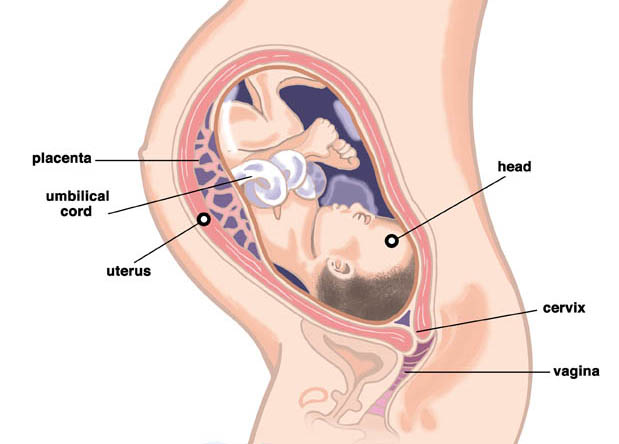36 Weeks Pregnant
Related Articles
- This article has no related links.
External Links
- This article has no external links.
Your baby at 36 weeks
At week 36, your baby probably weighs around 2.7kg and will be about 51cm in length. Most of the baby's systems are now developed enough in order for him or her to survive in the outside world. The only function that they have not yet been able to practice is digestion. While your baby is in your uterus they receive all their nutrients from the placenta via the umbilical cord. It won't be until they are in the outside world that they begin to take nourishment through their mouths and excrete it in their nappies.

How you are feeling
You can officially say now that you are in your final month of pregnancy! Whether you are excited, nervous, terrified or numb, you will be meeting your baby at some point over the next 6 weeks (remember that in the UK, pregnancies are rarely allowed to go beyond 42 weeks). Still, while the end is in sight there are still new problems and side effects that you may have to deal with in these final weeks. One of these may be that you experience leaking from one, or both, of your breasts. This isn't actually milk that is leaking, as milk isn't produced until three or four days after delivery. If your breasts are leaking then it will be colostrum, the yellowish liquid that is produced to feed the baby during their first few days in the outside world. It is loaded with antibodies which help to protect the newborn baby from infections. It is quite normal to leak colostrum during the later days of pregnancy, although many women won't experience this. You can buy breast pads which fit in your bra; these absorb any leaks and prevent any embarrassing wet patches showing through your clothes. You may as well buy them now as your need for them will be even greater after the baby is born. If you do not leak colostrum then you may find that you see a little if you squeeze your nipple, but don't do this too often or too hard as you will make yourself sore. If you cannot see any traces of it then still don't worry as this is in no way an indication that you won't have enough breast milk when it is needed.
What you need to do
You should have another routine antenatal appointment around this time, with either your midwife or your GP. He or she will make the usual checks on the size of your abdomen, your blood pressure and also the levels of protein in your urine. They will also confirm whether the baby is in the correct position for delivery (head down), or whether it is breech. If the baby is in a breech position then they will probably advise you on exercises that might help to turn the baby. They may also refer you for a procedure known as external cephalic version (ECV). This is a manual technique used to manipulate the position of the baby by applying pressure to your abdomen in order to turn the baby. 37-38 weeks is considered the optimal time for this procedure, and it is sometimes performed during early labour.
At this antenatal appointment you will be given advice on breastfeeding as well as other post-natal topics such as caring for your newborn baby, the screening tests that you may be offered, vitamin K injections and your own health, both physical and mental. It is a good idea prior to this appointment to make a list of all the questions that you have, no matter how small or silly you might think they are. It is important to have everything written down when you go into your appointment as you are likely to forget to ask a number of things otherwise.
| << 35 Weeks Pregnant | 37 Weeks Pregnant >> |